
The aluminum canister containing bits of an ancient space rock has finally been opened, revealing the bulk of the asteroid Bennu sample in all its glory.

The aluminum canister containing bits of an ancient space rock has finally been opened, revealing the bulk of the asteroid Bennu sample in all its glory.

After months of fidgeting with a canister that contained rocky samples from an ancient asteroid, NASA engineers have finally removed two stubborn fasteners that appeared to be preventing the space agency from collecting the full amount of Bennu’s debris.
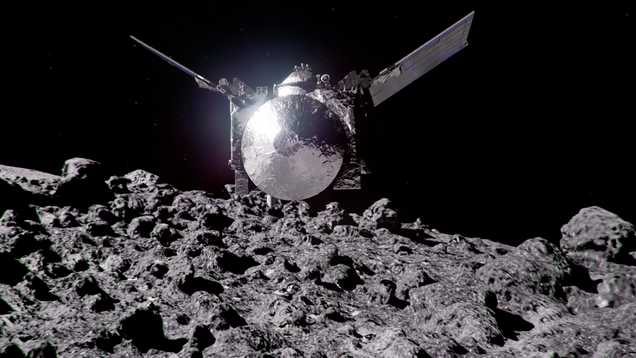
New mission, who dis? The spacecraft formerly known as OSIRIS-REx had an impromptu close encounter with the Sun as it follows a newly crafted route to a second asteroid, using one of its solar arrays for shade.
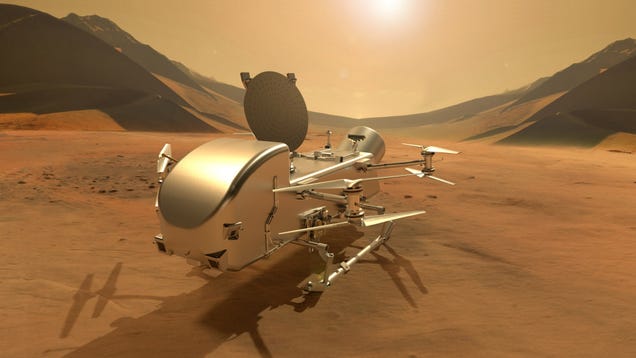
NASA has announced a delay in its ambitious Dragonfly mission to Saturn’s moon Titan, moving the launch date to July 2028. This decision, driven by budget uncertainties, comes despite the mission successfully passing key design reviews. Worryingly, the space agency is delaying formal confirmation of the mission until…
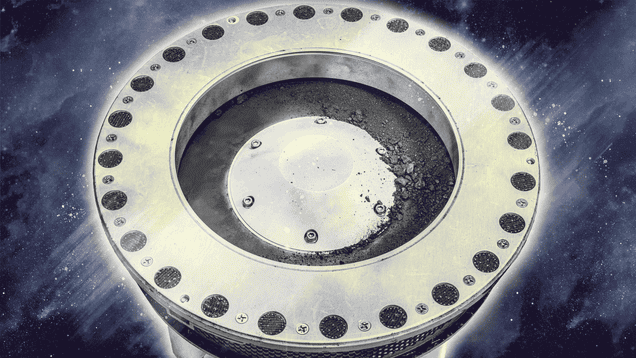
We’ve all been there: You’re getting some peanut butter, or looking to nosh a nice pickle, when you find your wrist strength is insufficient to get at the jar’s delicious contents.
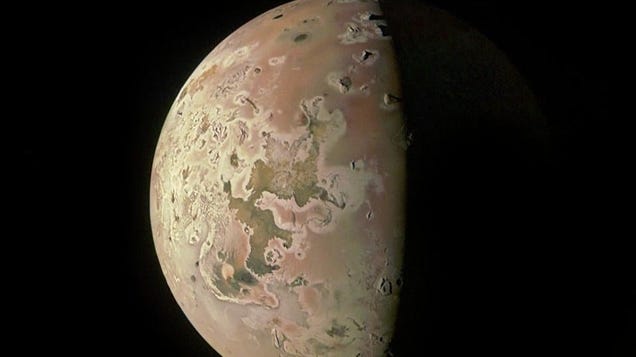
From capturing precious asteroid samples and exploring volcanic moons to navigating mysterious toxic blobs and portraying fictional Space Force battles, October was a captivating month in spaceflight and space exploration, as these images attest.

Jupiter, who hurt you? Last month, NASA’s Juno mission spotted a region of the gas giant’s atmosphere forming an abject face, complete with wide eyes, a nose, and frowning mouth.
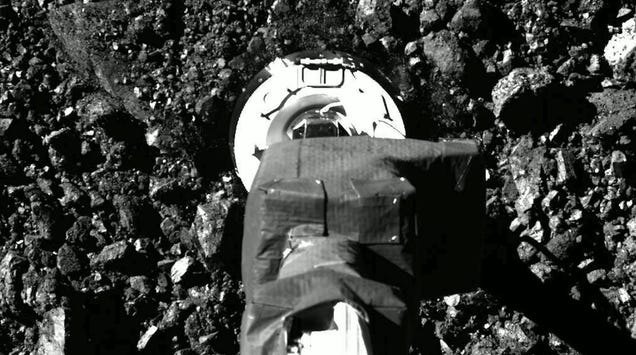
After traveling through space for 200 million miles, rocky pieces from asteroid Bennu were dropped off on Earth by the OSIRIS-REx spacecraft in late September. Now, some of those fragments will be put on display for museum-goers to observe firsthand.

The OSIRIS-REx canister still contains the bulk of the asteroid sample inside, but pieces of the ancient space rock found on the outside have already shown evidence of organic matter embedded within tiny bits of debris.